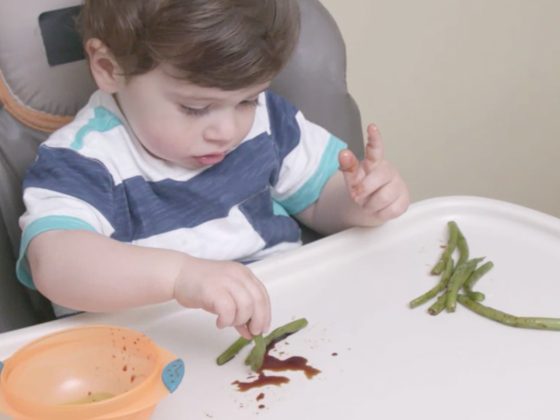
Eating Is an Experiment
Create an adventure out of trying new foods.
Trying different foods can be exciting to kids new to solids, and setting up good eating habits from early on will help them grow healthy and strong. Consider these ideas as you watch the video:
- When first introducing solids, make sure they’re pureed or mashed so little ones can easily move them between their gums. “Chunkier” table food up should still be mashable between the gums, and even for older kids, should be in small, digestible bites.
- As children get older, involving them in food preparation (helping to stir, spread, or mash) may help them try more new foods.
- Eating different colors of fruits and vegetables is a great way to encourage healthy habits.
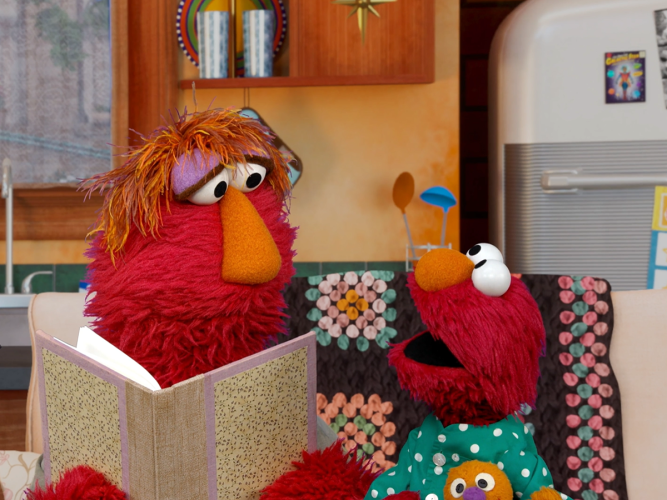
Go To Sleep, Elmo!
Handling a middle-of-the-night monster moment.
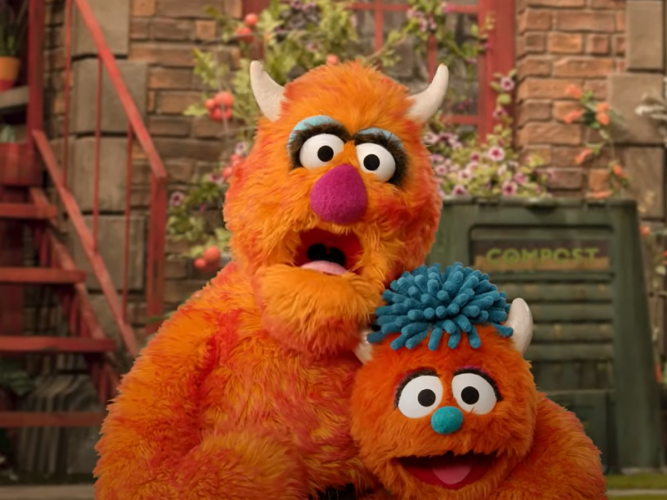
Monster Meltdown
Meltdowns happen… but they are somewhat predictable! As you try to handle them, curiosity and patience go a long way.
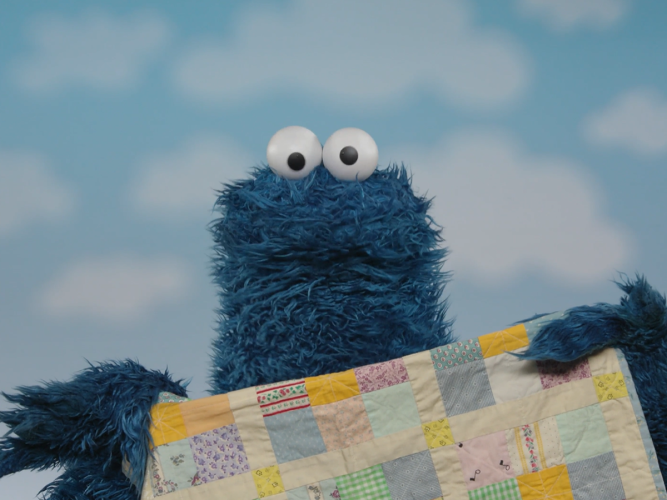
Cookie Monster’s Beach Day
When children are in the hospital, their imagination can become a valuable tool in soothing themselves.

Watch and Play: Abby's Magical Beasties
Watch this episode and explore ways to extend the learning at home.

Milestones: Your 18-Month Old
All children grow and develop at their own pace; use this chart to guide your expectations and observations so you can talk to your child’s pediatrician about questions or concerns.
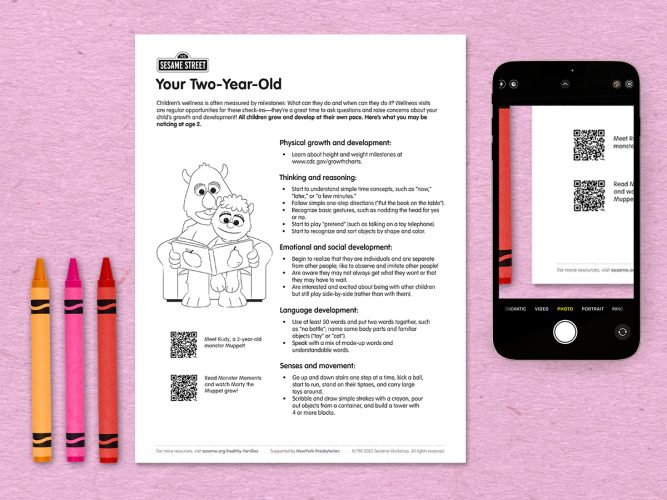
Milestones: Your Two-Year-Old
All children grow and develop at their own pace; use this chart to guide your expectations and observations so you can talk to your child’s pediatrician about questions or concerns.
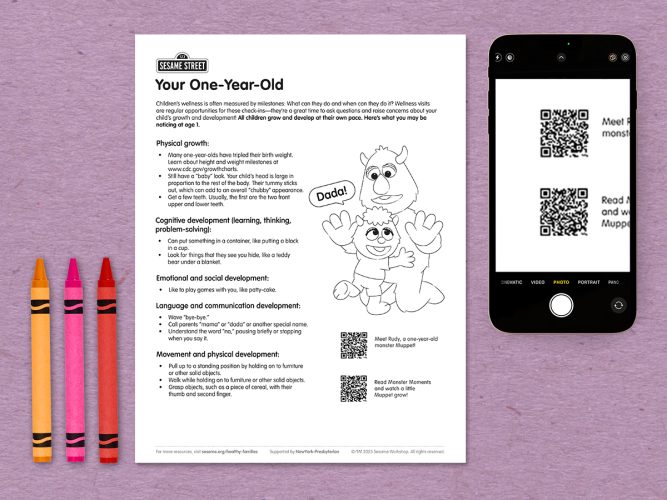
Milestones: Your One-Year-Old
All children grow and develop at their own pace; use this chart to guide your expectations and observations so you can talk to your child’s pediatrician about questions or concerns.
